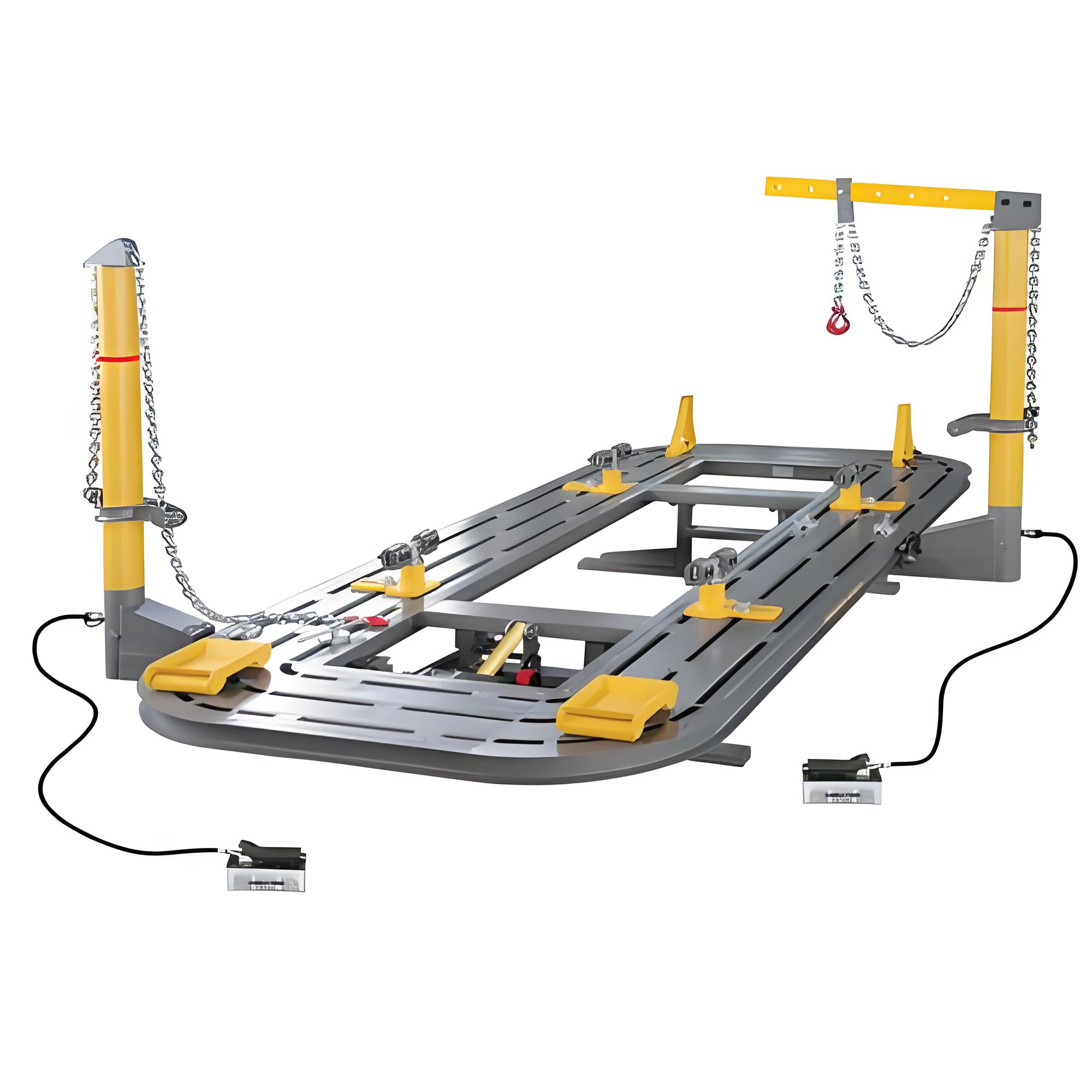Unveiling the Power of Serpentine Belts for Optimal Vehicle Performance

Unveiling the Power of Serpentine Belts for Optimal Vehicle Performance
Serpentine belts, also known as multi-vee, poly-v, or multi-rib belts, play a crucial role in the smooth operation of a vehicle’s engine. These essential components are a part of the accessory belt drive system, powering various automotive components such as the alternator, power steering pump, water pump, and air conditioning compressor. In this article, we’ll explore the principles, common usage scenarios, usage tips, and general evaluations of serpentine belts, shedding light on their significance in maintaining optimal vehicle performance.
Overview of Serpentine Belts
Serpentine belts are long, flat belts with multiple grooves on one side that run around various pulleys in the engine. Unlike traditional V-belts, serpentine belts provide power to multiple components simultaneously, making them more efficient and compact. These belts are usually made of durable rubber materials reinforced with fiber cords to withstand the high levels of heat and tension in the engine compartment.
Principles Behind Serpentine Belts
The primary principle behind serpentine belts is to transfer power from the engine’s crankshaft to different engine accessories efficiently. As the crankshaft rotates, it turns the serpentine belt, which, in turn, drives the pulleys of the connected components. This synchronized movement ensures that essential parts of the vehicle function correctly, contributing to overall performance and safety.
Common Usage Scenarios
Serpentine belts are essential in virtually every modern vehicle on the road today. They are commonly found in cars, trucks, and SUVs, serving a vital role in powering crucial components like the alternator, which charges the battery, the water pump, which circulates coolant to prevent overheating, and the power steering pump, which aids in steering control.
Usage Tips
To ensure the longevity and efficiency of serpentine belts, regular inspection and maintenance are key. Here are some usage tips to keep in mind:
- Regularly inspect the belt for signs of wear, such as cracks, fraying, or glazing.
- Follow the manufacturer’s recommended maintenance schedule for belt replacement.
- Check the belt tension regularly to ensure proper operation of the accessory drive system.
- Replace the belt and any worn pulleys or tensioners simultaneously to prevent premature failure.
General Evaluations and Hypothetical Reviews
From a hypothetical perspective, the performance of a vehicle equipped with a high-quality serpentine belt, such as the Goodyear-Gatorback Belt or Gates K061005, would likely showcase improved efficiency and reliability. Drivers can expect smoother operation of accessories, consistent power delivery, and reduced risk of belt slippage or breakage.
In conclusion, serpentine belts are unsung heroes in the realm of automotive maintenance, playing a pivotal role in the overall performance and reliability of a vehicle. By understanding their principles, implementing proper usage tips, and investing in quality belts, drivers can ensure that their vehicles run smoothly and efficiently for miles to come.
